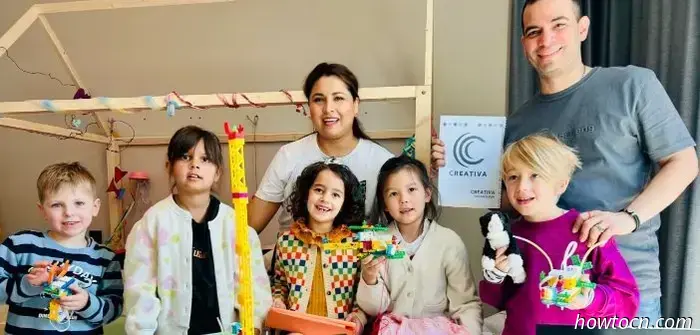
Microplastics are infiltrating our oceans! To combat this issue, researchers at the Max Planck Institute for Intelligent Systems have created jellyfish-like robots designed to collect pollution and safeguard marine life. Meanwhile, in Beijing, another group of engineers is working on their newest marine technology prototype. They are testing concepts, troubleshooting, and refining their designs, just like the professionals. Their unique advantage? They are first graders, and their robots are constructed from LEGO!
My 6-year-old daughter, Leili, and her teammates are not simply stacking bricks. They are participating in the FIRST LEGO League (FLL), a worldwide robotics competition that encourages children to tackle real-world issues. I first learned about “LEGO robotics” from friends in Washington DC, who aimed to ignite their children's interest in STEM (science, technology, engineering, and math). Their middle schoolers appeared thrilled to create impressive robots. It combines play with engineering and is entirely enjoyable.
What is FIRST LEGO League?
FLL is a global robotics initiative where children aged 4-16 learn coding and problem-solving by building LEGO-based solutions to scientific challenges. Teams compete in three age divisions:
Discover (4-6 years) – Introduction to STEM concepts with LEGO DUPLO
Explore (6-9 years) – Basics of robotics and programming
Challenge (9-16 years) – Advanced robot coding to accomplish missions
Each season introduces a new theme, with previous subjects including energy solutions, transportation logistics, and technological creativity. This year's theme, SUBMERGED, immerses children in underwater exploration, sustainability, and marine innovation.
There’s more to this story! This article was initially published on our sister account, jingkids International.
Click here to read more.
READ: Do you have photos of Beijing's blossoms? Share them with us!
Images: The Cube, Tara Fegelein
Robotics for practical, collaborative STEM activities.